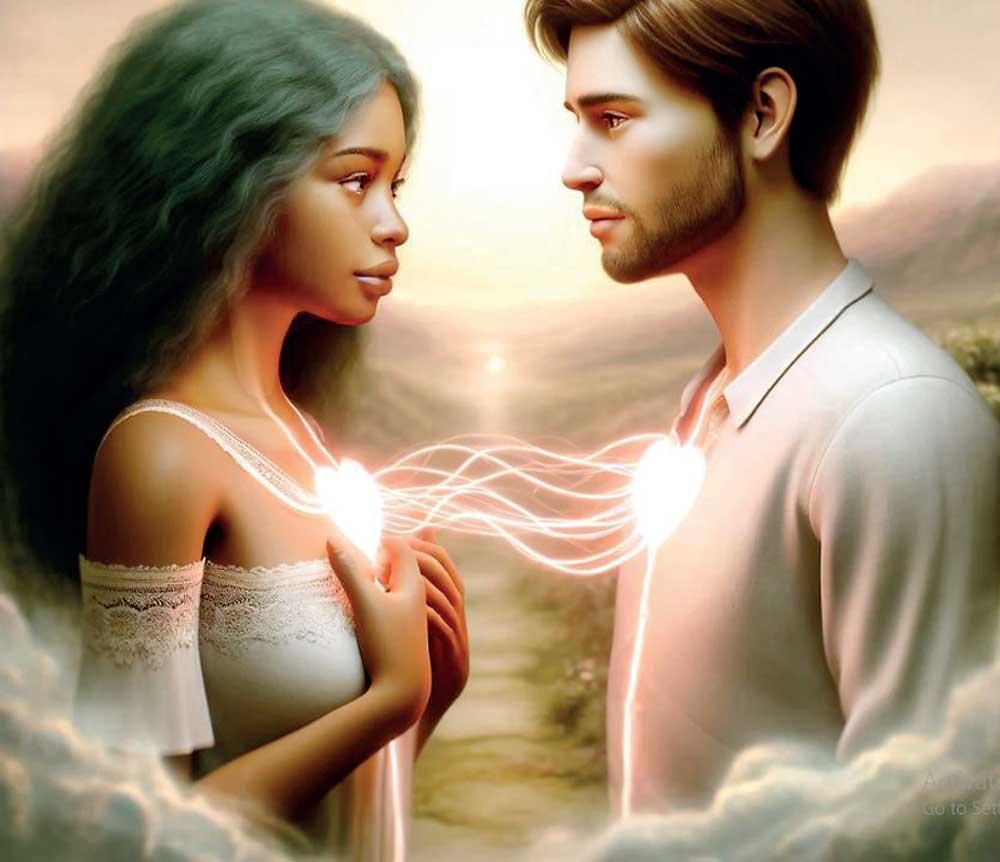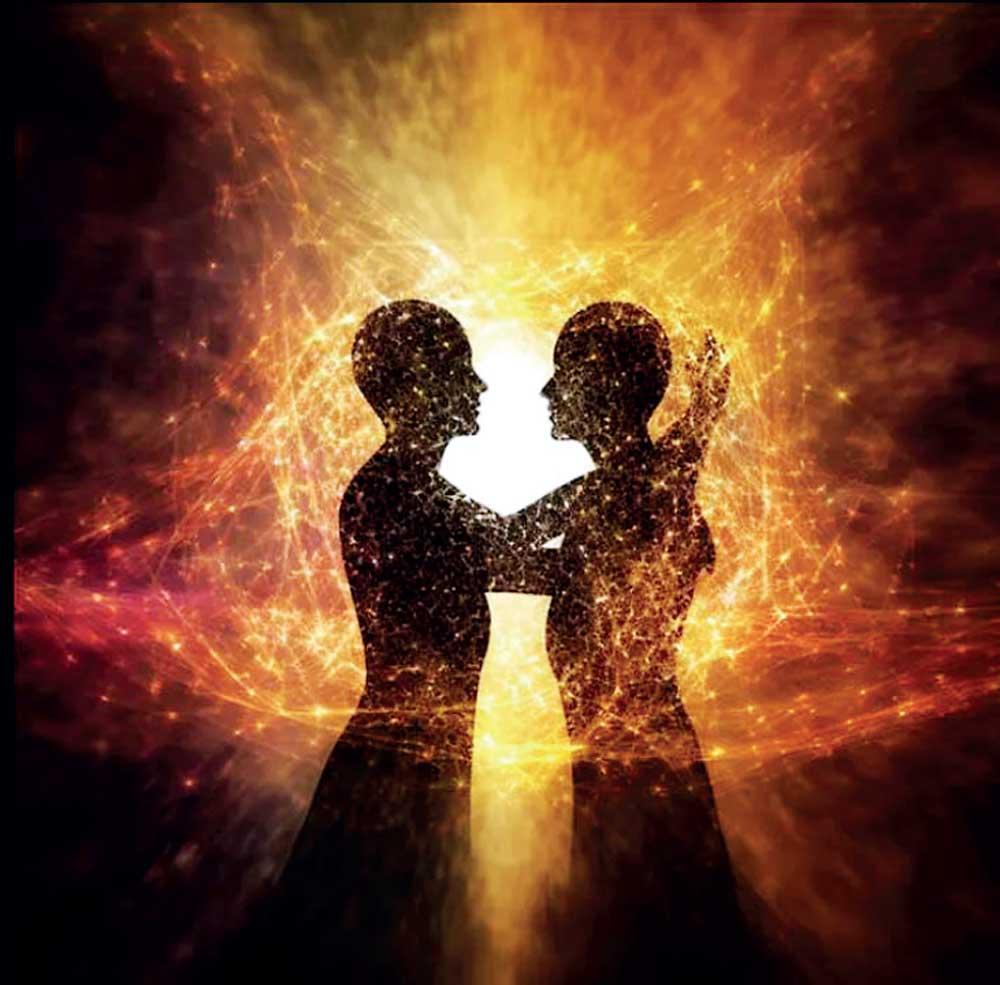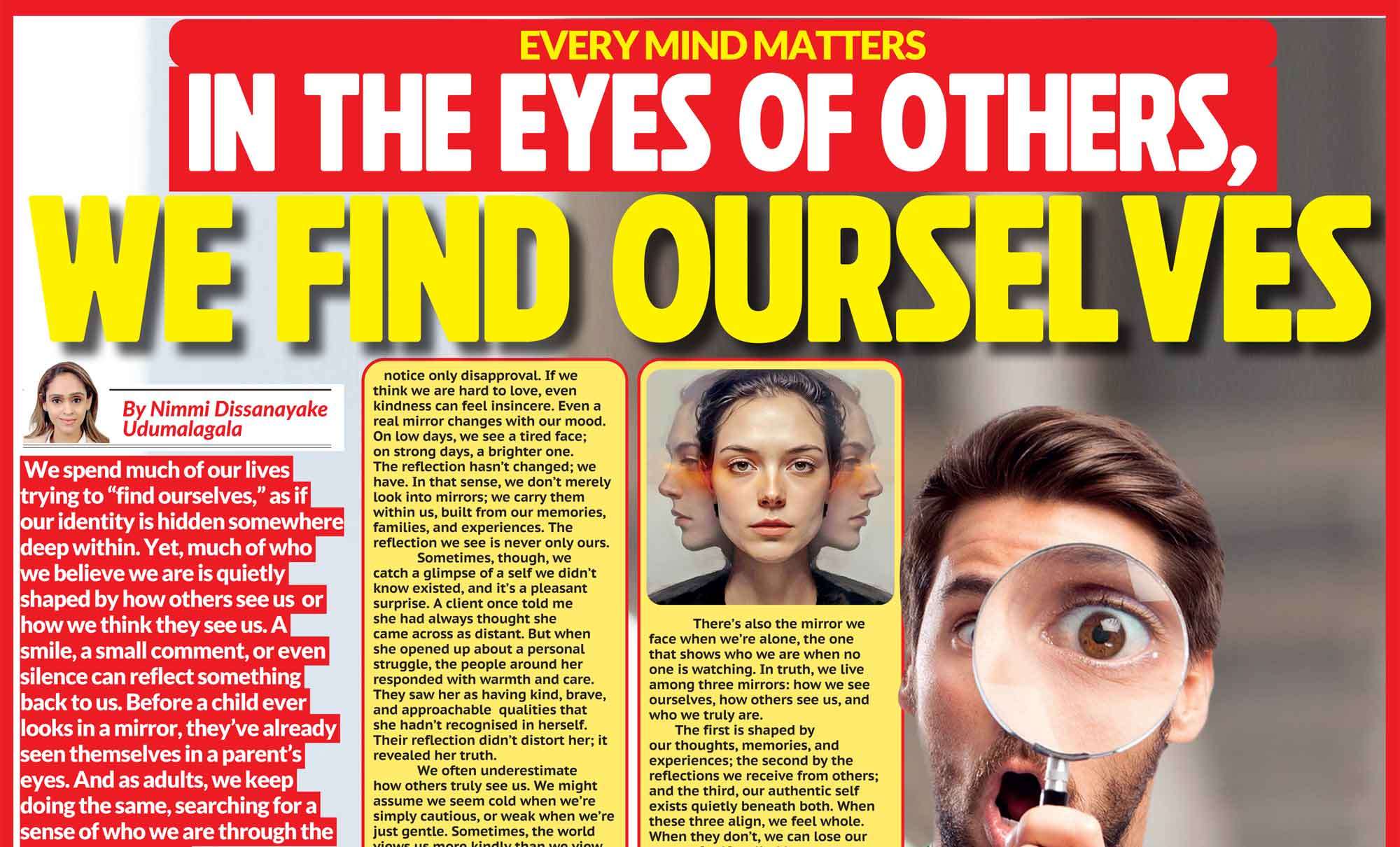
- Love is not always meant to last. Some people arrive to shake your world awake.
Some moments in life feel too precise, too poetic, to be accidental. A stranger becomes your whole world in a heartbeat. A goodbye feels more like a death than a departure. Sometimes, the right person arrives at the wrong time; yet leaves you forever changed. We name these experiences: fate, destiny, soul ties, karmic relationships, not to understand them, but to survive them. These concepts offer a spiritual structure to the chaos of human connection. They are the emotional vocabulary for what we cannot always explain.
In the end, we want to know why. Why them? Why now? Why didn’t it last? But maybe the point isn’t knowing. Maybe it’s remembering.
02. Fate and Destiny: The Script and the Performer
At a glance, fate and destiny appear similar, but they are not the same. Fate is unchangeable, an invisible script written before you even enter the scene. In ancient Greek mythology, the Moirai, or Fates, spun the thread of life, measured it, and snipped it, determining everything from birth to death. Destiny, however, is what happens when you choose how to walk the path laid before you. It’s not about inevitability, but potential. Fate might bring someone into your life, but destiny asks what you’ll do with that meeting. Will you stay? Will you grow together or apart? As Viktor Frankl said, “Between stimulus and response, there is a space. In that space is our power to choose our response.” Perhaps fate delivers the map, but destiny is the journey.
03. The Red String of Fate: A Thread That Never Breaks
One of the most romantic fate theories comes from East Asian folklore: the Red String of Fate. It suggests that two people destined to meet are bound by an invisible red thread tied around their little fingers. No matter how tangled, stretched, or delayed, the string never breaks. You may part, lose touch, or live entire lives apart, but the bond remains, pulling gently over time until the destined meeting happens. It resonates deeply with anyone who’s felt an uncanny sense of familiarity with someone new or has been repeatedly drawn back to the same soul. This belief reminds us that some people are meant to find us, even if the world, or time itself, gets in the way.
04. Sri Lankan Beliefs: Karma, Rebirth, and Sacred Encounters
In Sri Lankan spirituality-rooted in Buddhist teachings and astrological traditions, relationships are rarely seen as random. The principle of karma, the idea that our actions in past lives shape our present, extends to love as well.
Some believe that we encounter certain souls again and again, lifetime after lifetime, to resolve unfinished emotional debts. The people we feel the deepest emotions for, whether passion, pain, or both, may be those we have journeyed with before. It is often said, "You only realize it was love after it hurts." There’s a cultural recognition that love and suffering often walk together, and that heartbreak may be a karmic teacher. Astrology also plays a role. Nakath (compatibility charts) are consulted before marriage, suggesting that the stars, like fate, have a say in who we meet and how we love.
05. Native American Wisdom: Twin Flames and the Sacred Circle
Many Native American traditions echo the idea that some souls are destined to meet. Among the Lakota and Hopi peoples, the concept of twin flames or mirror souls exists; spirits that once shared a single soul, now separated across lifetimes, seeking reunion on earth. When these twin flames meet, the connection is often intense, disruptive, and transformative. Not peaceful like a soulmate but awakening like a storm. They challenge each other, heal each other, and reflect their deepest truths. There is also a sacred concept of the circle, symbolizing eternity, wholeness, and interconnectedness. A Lakota prayer, "Mitákuye Oyás’iŋ" - "We are all related,” suggests that every encounter is part of a divine design, no matter how fleeting. Love, heartbreak, passion, grief; they are all part of the soul’s evolution. Some tribes believe that if you dream repeatedly of someone, especially someone you haven’t met, it’s a spiritual calling. A message from the other realm that your souls are already entangled.
06. Soul Ties: When Connection Feels Like Memory
Not every connection feels logical. Some people feel familiar the moment you meet them; as if you’ve known them forever. These are often described as soul ties, deep, spiritual bonds formed through intimacy, trauma, shared lifetimes, or soul recognition. They aren’t always romantic. They can form between friends, lovers, mentors, or even strangers who cross your path just once but leave a mark. Some soul ties feel like safety; others, like obsession; but all of them change you. Dr. Clarissa Pinkola Estés writes: “Sometimes the one who loved you is the one who leads you to the door of yourself, through pain.” Some soul ties are sacred. Some are toxic. But none are accidental.
07. Karmic Relationships: Sacred Lessons in Disguise
Karmic relationships are perhaps the most misunderstood. They arrive like fireworks; sudden, intense, magnetic. You might mistake them for “forever,” but they are often “for now” here to push your growth, not guarantee your peace.
These are the people who ignite your insecurities, challenge your patterns, and mirror your wounds. In Sri Lankan beliefs, they are often described as people with whom you have unsettled karma from a past life. The pain they cause isn’t punishment; it’s purification. Through them, you meet the unhealed part of yourself. And if you’re willing, you learn.
08. When All the Threads Entwine
Fate. Destiny. Soul ties. Karma. Twin flames. The red thread. The sacred circle. They may sound like different beliefs, but in truth, they describe the same yearning: that we are not alone, and that some souls are destined to meet, again and again, until we learn how to love them without losing ourselves. Love is not always meant to last. Some people arrive to shake your world awake. Others hold you through the storm. Some are the storm. But every meeting matters. Every bond has meaning. As the Japanese art of kintsugi teaches when something breaks, and we mend it with gold, it becomes more beautiful. The cracks are not flaws; they are stories. Maybe love is the same.
09. Living the Questions
In the end, we want to know why. Why them? Why now? Why didn’t it last? But maybe the point isn’t knowing. Maybe it’s remembering. Remembering that some souls are tied to us with red thread. That some stories began before this life. That heartbreak can be holy. And that even the ones who leave still shape who we become. As Rainer Maria Rilke said: “Be patient toward all that is unsolved in your heart… live the questions now.” And maybe, just maybe, the people we ache for are not gone. They are waiting at the end of the thread.












